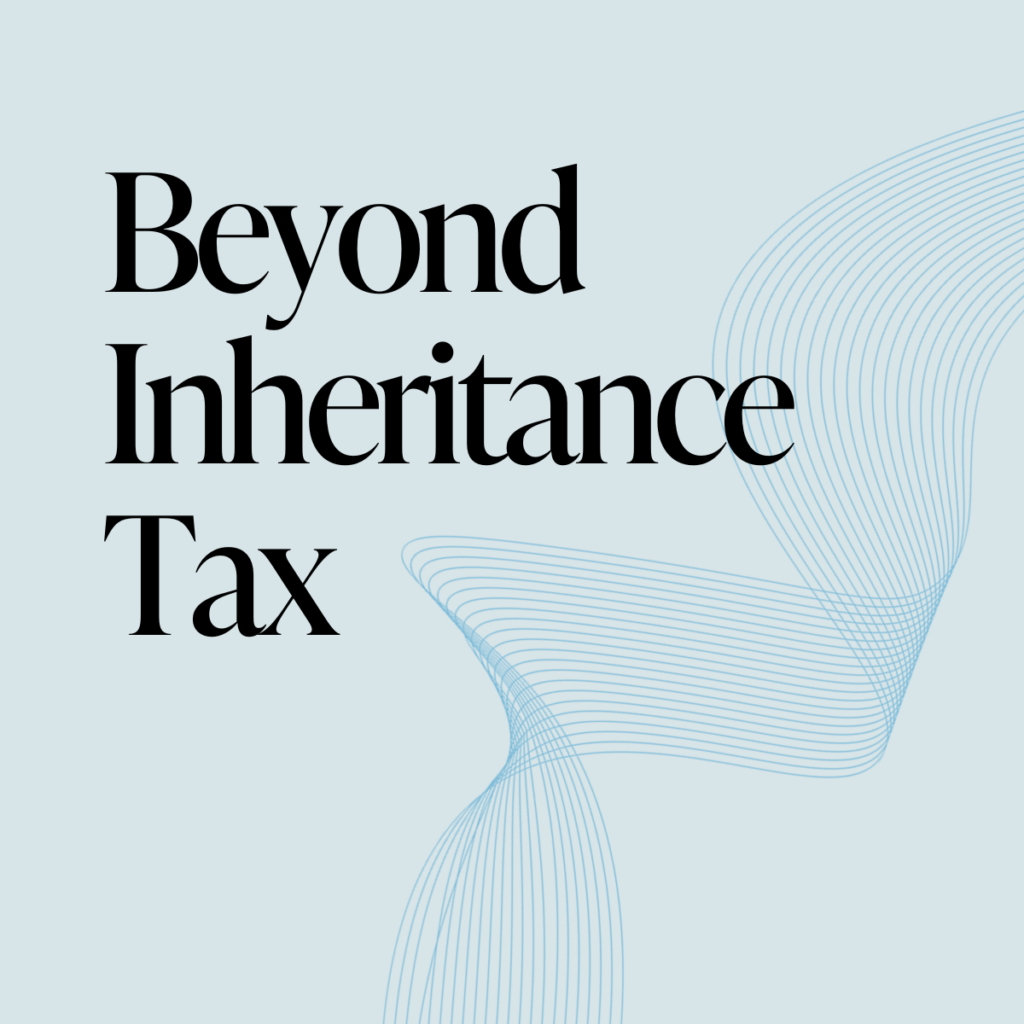Insights
Your complete guide to succession planning
Learn how to carry out the succession planning process and why it’s important for businesses of all sizes.
24 November 2023
Succession planning is a crucial aspect of business management that involves preparing potential successors for key roles. Whether you’re a small family business owner or the CEO of a multinational corporation, having a well-thought-out succession plan in place is essential for the long-term success and sustainability of your company.
Most business owners will have come across the term ‘succession planning’ before. Skills shortages and shrinking talent pools, particularly during periods of macroeconomic uncertainty, often exacerbate the need for robust workforce planning, and succession planning is an important part of the process. And yet, 46% of company board members claim they don’t have an effective CEO succession plan in place.
Effective succession plans take time to develop and often involve multiple stakeholders, including Human Resources (HR), Talent Management or People teams.
Read on to learn how to carry out the succession planning process, why it’s important for businesses of all sizes, and where to access additional support.
What is succession planning?
Succession planning is an ongoing process to identify and fill critical roles in a business, most commonly referring to senior leadership positions.
Succession planning vs succession management
Both succession planning and succession management can be central to the long-term success of a business. While succession planning focuses on identifying potential successors for specific key roles, succession management is a broader de-risking strategy for talent pipelines across an organisation.
Succession management can involve everything from workforce restructuring and performance management to employee retention and recruitment strategies. It also typically takes into account wider business objectives, such as international expansion plans.
Different approaches to succession planning
The succession planning process will vary depending on the size and type of organisation, and on individual business goals. For family-run businesses, for instance, succession planning often involves preparing the next generation of the family to take the reins.
An effective succession planning strategy will also differ between critical roles. Succession plans for senior leaders will look different to those for key employees in specialist technical roles. Meanwhile, some succession plans may focus on individuals, while others will look at whole functions or talent pools.
What is the purpose of succession planning?
Succession plans enable organisations to remain agile and react quickly to unexpected changes in leadership teams or critical business functions. Long-term succession planning can also be used to implement more gradual change, such as a shift in company strategy or product offering, or preparation for an exit event.
Benefits of succession planning
As well as acting as a contingency plan for key positions, succession planning offers additional advantages, including providing greater transparency within businesses. This can increase employee engagement and strengthen company culture. In turn, this may also help to build confidence from stakeholders and board members.
If succession candidates are internal, it also provides career development opportunities for high-potential team members. This can have a positive knock-on effect on employee retention and productivity, if team members feel supported and have access to tailored professional development plans. Nurturing an internal talent pool can also be more cost-effective than recruiting and onboarding external candidates.
Learn more about the benefits of succession planning for your business here.
What should an effective plan include?
The succession planning process should start long before someone resigns or retires. Succession plans should also be frequently reviewed and updated over time, and while they’ll likely include leadership development and mentoring programmes for future leaders, they shouldn’t be limited to the C-suite.
There is no one-size-fits-all approach to succession planning, nor a perfect succession planning template for your business. There are, however, certain points that nearly all successful succession plans will cover:
1. Identify critical roles in the organisation
Critical roles tend to be the most senior in a business, like board members and department heads. Succession planning for other leadership roles, however, such as senior managers and technical experts, is also becoming increasingly common in larger organisations. In addition, you should identify any new roles that will be required in the future.
2. Determine the skill set required in these key roles
You should ensure you have a good understanding of the competencies required in each critical role in the business, both now and in the future, and if there are currently any gaps. This will help you to decide which individuals are best placed to fill these roles, and what training is needed to upskill staff.
3. Find potential candidates to fill those roles
Identify successors for key roles, whether they’re internal candidates or new recruits where there are vacancies or skills gaps that can’t be filled through training and development. Many businesses will appoint both immediate and longer-term successors to help streamline this process.
4. Prepare successors for the job
It’s important to start preparing internal candidates in advance to ensure they have the necessary technical knowledge and/or leadership skills to carry out their job effectively when the time comes. These preparations may take the shape of formal, structured development plans and skills training, job shadowing, or a gradual handover process where successors start to take on additional responsibilities.
For more detail on the succession planning process, and what it might look like for your business, read our step-by-step guide.
An increasing number of organisations are also incorporating equality, diversity and inclusion (EDI) goals into their succession planning strategies. Embedding EDI into succession planning is a crucial but often overlooked process; in a recent Gartner survey, 88% of EDI leaders stated that promotions and succession plans are “one of the talent processes most susceptible to bias”, despite diversity having a proven positive impact on performance outcomes.
What common mistakes do businesses make when succession planning?
Not communicating your plans with all parties
It’s important to explain to successors why they’ve been chosen to take on a critical role in the organisation, as well as any next steps. Make sure they’re engaged in the process. Equally, be sure to include incumbents when selecting and training successors, as they will have valuable insight into the job itself.
Sticking to succession plans too rigidly
Effective succession plans are flexible. They can be adapted as individuals come and go, business goals change, and lessons are learnt. It’s also important to make sure successors know that these plans aren’t guaranteed. This can help avoid any conflict or disappointment down the line.
Forgetting about yourself
Maybe you’re a senior HR leader or maybe you’re a business owner; either way, be sure to create your succession plan as well. You may not have plans to leave just yet, but it’s as important to prepare for your own departure as it is someone else’s.
Leaving it too late
The worst thing you can do in succession planning is not have a plan. Don’t wait until someone leaves to appoint a successor or to start training them for the role. It can be easy to fall into this trap when business is good and your company culture seems strong, but change is inevitable so it’s best to be prepared.
Succession planning support
Given its overlap with talent management and professional development, the role of HR in the succession planning process is clear. HR teams will help to ensure the process is carried out fairly and in line with wider business objectives. For smaller businesses without an established HR function, consultancy firms and business continuity experts can offer succession planning support.
Your board and investors, for those that have them, should also be able to provide support. Alongside patient capital investment, BGF provides growing businesses in the UK and Ireland with additional value creation support and expertise on-demand. This includes expert guidance on succession planning, strategic acquisitions, global expansion, ESG, and more.
Looking for more than just a minority investment partner? Join the long list of businesses we’ve supported with succession planning, including e-commerce retailer Direct Online Services (DOS), beauty brand incubator SLG, and leading life sciences company Arcinova (acquired by Quotient Sciences).
Frequently asked questions
What is the purpose of succession planning?
Succession planning allows businesses to adapt to changes in leadership or critical roles, and ensures a smooth handover.
What is the difference between succession planning and succession management?
Succession planning is the process of identifying and preparing successors for a select group of key employees, while succession management refers to the development of talent pipelines more broadly across a business.
What are the risks of not having a succession plan?
Failure to create effective succession plans can lead to a loss of expertise and knowledge, leadership gaps, employee burnout and increased churn, or a breakdown in client relationships, among other risks—all of which can have a significant impact on business performance.
When should succession planning begin?
It’s never too soon to start succession planning and it’s important to review succession plans on an ongoing basis, to ensure you remain agile.
Who is responsible for succession planning?
The succession planning process involves a number of different stakeholders, including employees, but the responsibility of developing and delivering a successful strategy falls primarily to CEOs, boards of directors, and HR teams.
What support is available for succession planning?
HR teams can provide extensive support to CEOs and business owners looking to carry out succession planning, as well as specialist consultants and advisers.
If you have further questions on succession planning, please get in touch with our team.
The information contained in this article is for general information and use. It does not constitute any form of advice and is not intended to be relied upon in making any investment decision. Independent advice should always be sought as to whether a particular transaction is suitable having regard to your personal and financial circumstances.





